Search Images
Browse Content (p. 1508)

Image
Dacian Prisoner
A statue of a Dacian prisoner with typical pointed hat (pileus) and costume. From Rome, purple-white marble, date unknown. (Vatican Museums, Rome)

Image
Tiberius, Vatican Museums
A colossal marble head of Roman emperor Tiberius. From a public building in Rome, mid-1st century CE. (Vatican Museums, Rome)
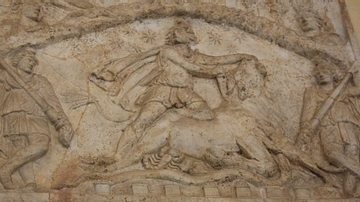
Image
Mithras Sacrificing a Bull
A Roman marble relief depicting Mithras sacrificing a bull. From the Esquiline, Rome, date unknown. (Vatican Museums, Rome)
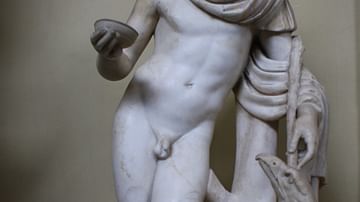
Image
Ganymede & Eagle
A marble statue of Ganymede, the Trojan prince from Greek mythology who was abducted from Mt. Ida by Zeus to become the gods' cupbearer. Found on the via Tuscolana, Rome, 2nd century CE. (Vatican Museums, Rome)

Image
Galatian
Marble head of a Galatian. Early 2nd century CE copy of an original from an altar at Pergamon to commemorate Attalus I's victory over the Galatians in 230 BCE. (Vatican Museums, Rome)
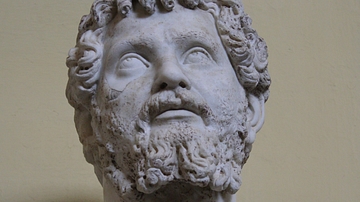
Image
Septimius Severus, Vatican Museums
A bust of Roman emperor Septimius Severus, r. 193-211 CE. (Vatican Museums, Rome)

Image
Commodus as a Young Man
A bust of Roman emperor Commodus (r. 180-193 CE) as a young man. From Ostia. (Vatican Museums, Rome)

Image
Serapis
A basalt bust of Serapis, the Egyptian-Hellenistic god who was created in the reign of Ptolemy I (304-284 BCE) to create a link between the two cultures and religions of Greece and Egypt. From Rome, 2nd century CE. (Vatican Museums, Rome)
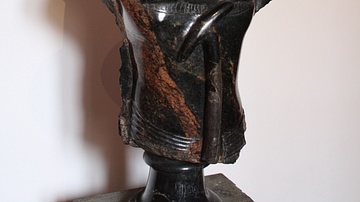
Image
Apis
A granite statue of the Egyptian bull-god Apis. From Memphis, New Kingdom, 1550-1070 BCE. (Vatican Museums, Rome)
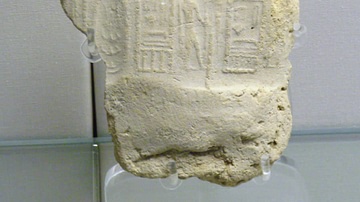
Image
Seal of Peribsen
A seal impression of Peribsen, king in the Second Dynasty of Egypt, c. 2890 to c. 2670 BCE.
British Museum, London.